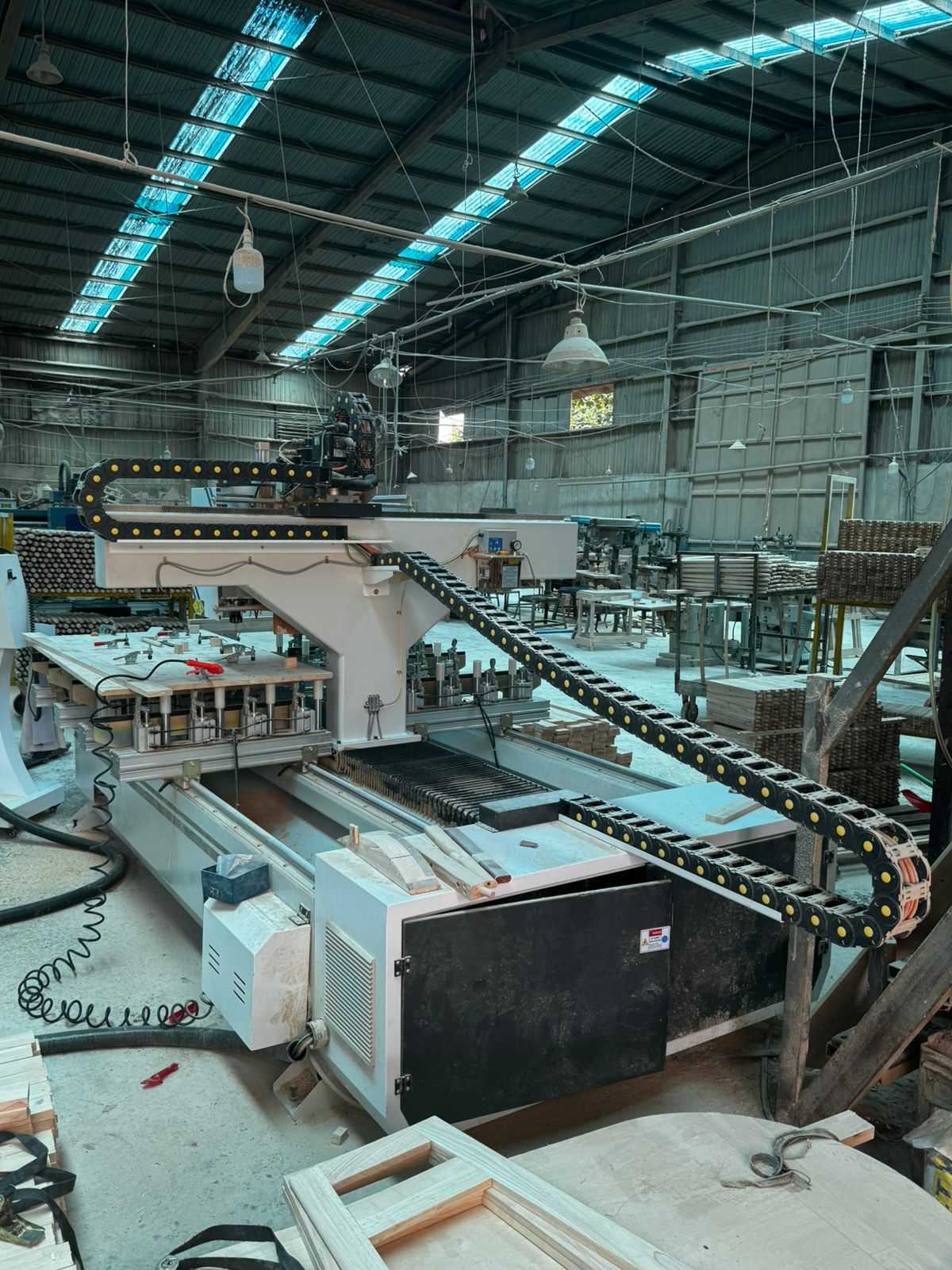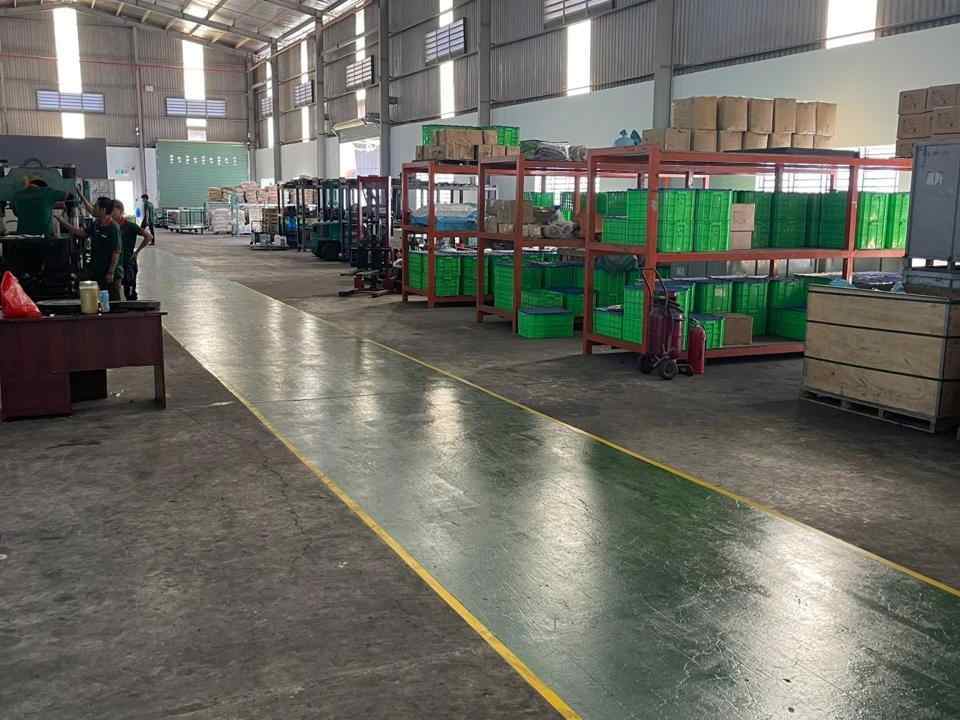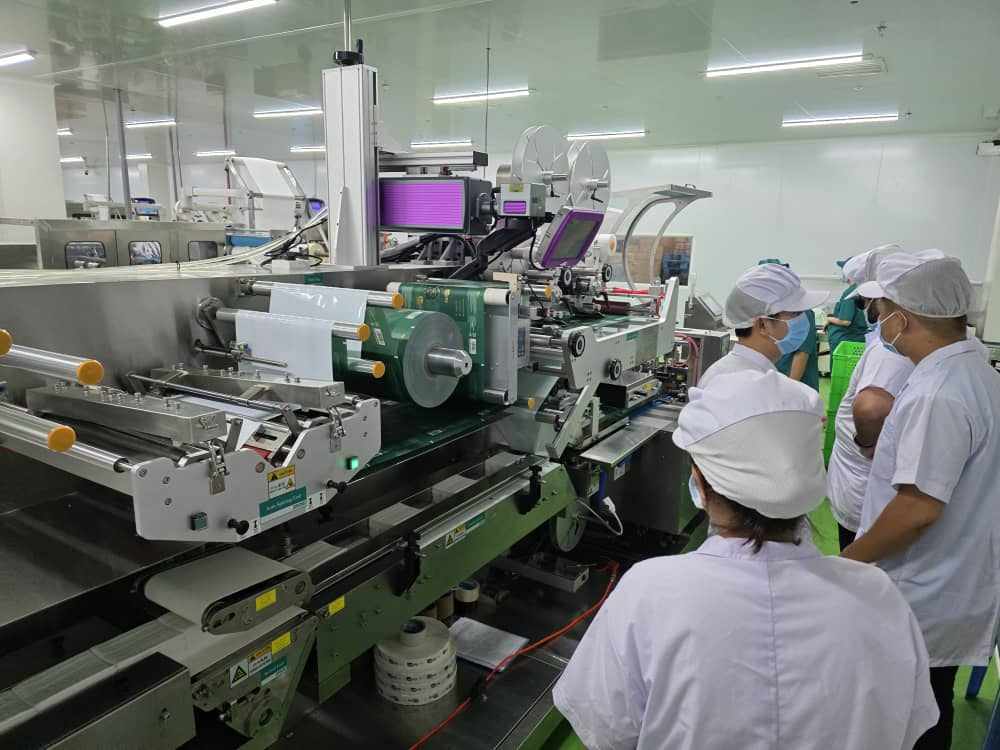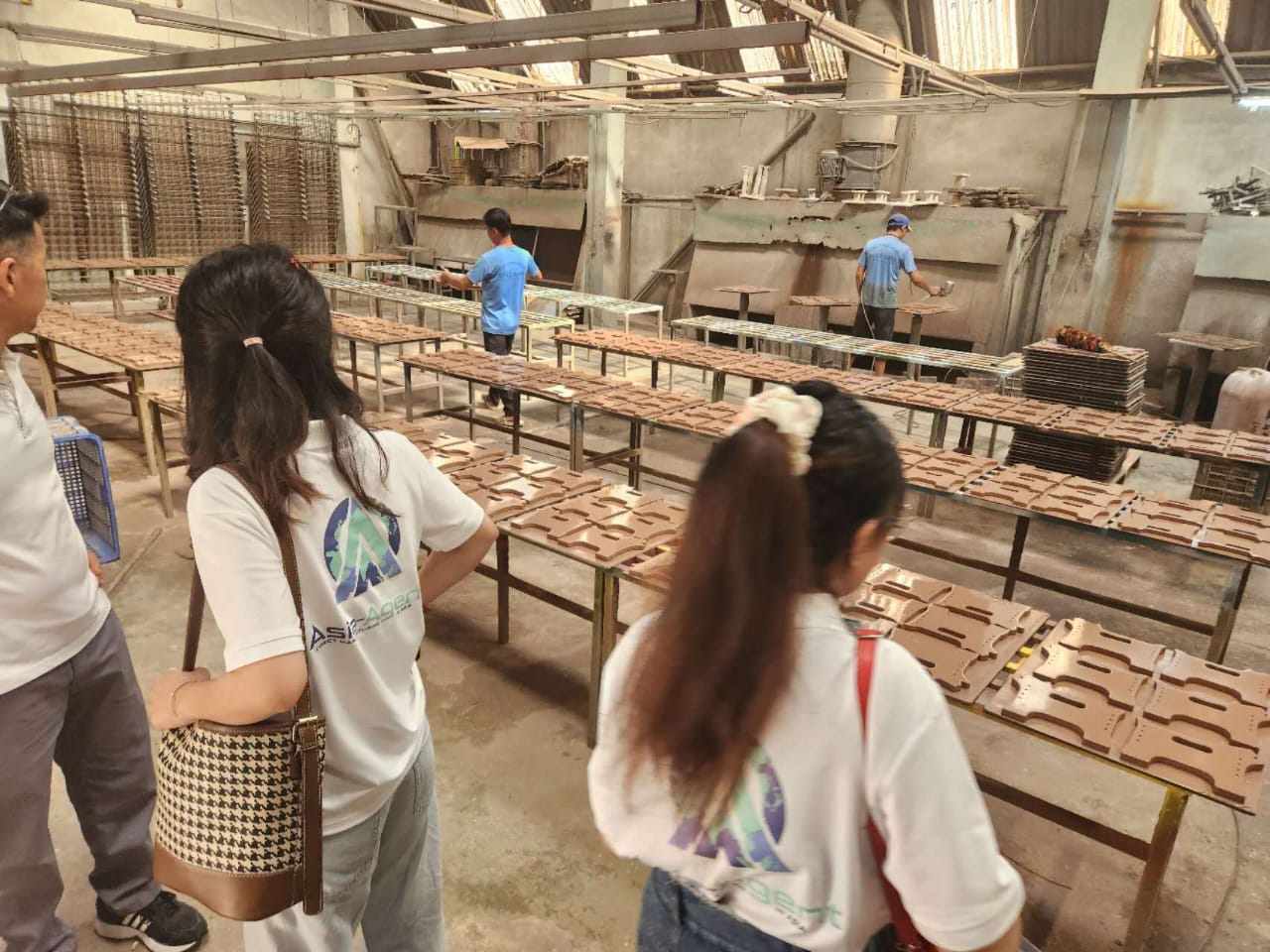Trump’s New Furniture Tariffs: Competing Will Take More Than Country-Hopping
The Announcement
On September 29, Trump confirmed sweeping tariffs on imported furniture:
- 50% on kitchen cabinets and vanities
- 30% on upholstered furniture
And unlike past measures, this wasn’t aimed only at China. The language was clear: “any country that does not make its furniture in the United States.”
This isn’t a geographic problem anymore. It’s a category problem.
Why Geography Alone Won’t Save You
When tariffs hit at the category level, shifting production to Vietnam or Indonesia won’t fix your margin. Every importer pays the same penalty at the border.
That means the old playbook of “just move to a cheaper hub” doesn’t work. Whether you’re in China, Vietnam, or anywhere else, the only path to survival is structural: cutting cost out of the BOM and regaining direct control over your supply chain.
Cost Reduction Engineering: The First Line of Defense
The only way to absorb a 30–50% tariff is to engineer your costs down. That’s not about squeezing factories. It’s about redesigning your products and processes:
- Material optimization: Switching to equivalent but cheaper inputs without sacrificing quality.
- Labor efficiency: Streamlining assembly steps to cut time per unit.
- Component sourcing: Replacing inflated sub-suppliers with direct, verified alternatives.
- Design for manufacturing (DFM): Simplifying builds so they’re cheaper to produce at scale.
Our Cost Reduction Engineering program was built for this. In a world of category-based tariffs, it’s no longer optional. It’s the only way to stay price-competitive.
Hub Research & Office Setup: Eliminating Middleman Markup
For brands that don’t buy direct, the problem doubles. You’re not just paying the tariff—you’re paying it on top of a trading company’s hidden margin.
The answer isn’t to hope tariffs disappear. It’s to stop overpaying.
Through Hub Research, Office Setup, and Team Training
we help brands:
- Establish their own base of operations in sourcing hubs.
- Hire and train local PMs, QC, and sourcing teams to manage production.
- Cut out trading companies completely—saving 10–20% before tariffs even enter the picture.
- Build airtight documentation so every unit’s origin, process, and cost structure is defensible.
In a tariff war, direct control is the only leverage left.
The Hard Truth
Furniture buyers can no longer compete on geography. It doesn’t matter if your box ships from Shenzhen or Hai Phong—30–50% is the new baseline.
But you can compete on efficiency and control. You can engineer your product to cost less, and you can stop paying invisible middlemen margins. That’s where the fight is now.
If you don’t act, tariffs will erase your margin. If you do, you’ll still have a seat at the table.
👉 Talk to Asia Agent →




